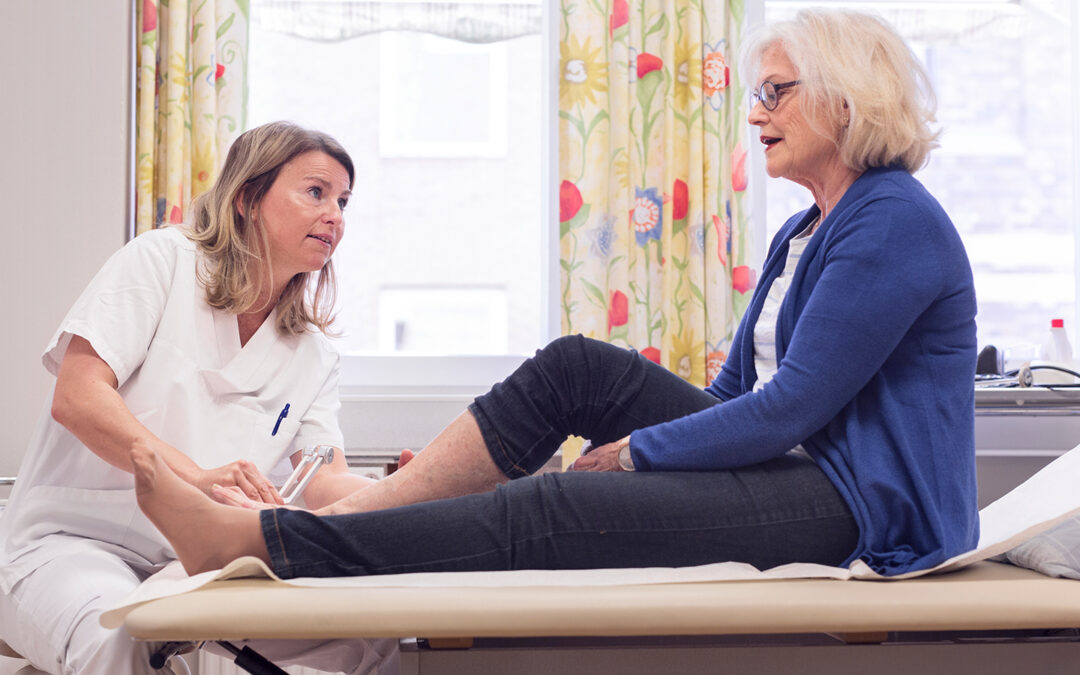By: Dr. Ashim Wadehra
Insight Orthopedics & Sports Medicine – Bunions can be a very painful condition where a bump gradually forms on the big toe joint, making it difficult to wear shoes and walk. For those with chronic inflammation and swelling that is not relieved with rest or medication, surgery may be necessary.
Traditionally, bunion surgery requires a long incision to correct the deformity, keeping patients off their feet for extended periods of time as healing occurs. In traditional procedures, many patients also experience long-lasting swelling that creates many inconveniences, especially when returning to regular shoe gear.

When discussing surgery with my patients, they often mention stories about friends or family experiencing painful surgery 20 years ago that kept them off their feet in a cast for three months. Fortunately, there have been great advances in surgical technology that allows us to treat bunions with minimal to no incisions, resulting in reduced pain, swelling, and recovery times.
If you’re experiencing chronic foot pain from bunions, there are many advantages to minimally invasive surgery. The following is a look at how minimally invasive surgery for bunions is performed and four reasons it may be right for you.
Reduced Soft Tissue Damage
Unlike traditional surgery that requires large incisions on the toe that cuts through soft tissues to reach the bunion, minimally invasive procedures remove the bunion by poking very tiny holes at the site. The bunion is then corrected with tiny screws and plates, which eliminates the need for sutures.
Minimal Scarring and Pain
Because tiny holes are used to access the bunion site, scarring is minimal. In many cases, it is unnoticeable after the toe heals. With poke hole incisions, the foot experiences less trauma and swelling, resulting in only minor pain.
Fast Recovery
Using minimally invasive technology, my patients are able to walk on day one and can get back to daily activities like driving and work within a couple days. Patients are also able to start wearing their favorite shoes pain free fairly quickly – often within a few weeks.

Better Results
 In the following photos, you can see a bunion before and after minimally invasive surgery. This patient was able to walk on the same day as her procedure. She had no pain or swelling, no sutures to be removed, and best of all, she was back to her normal shoes in less than a month. If a traditionalmethod was selected, there would have been more risks, longer recovery, and more postoperative pain.
In the following photos, you can see a bunion before and after minimally invasive surgery. This patient was able to walk on the same day as her procedure. She had no pain or swelling, no sutures to be removed, and best of all, she was back to her normal shoes in less than a month. If a traditionalmethod was selected, there would have been more risks, longer recovery, and more postoperative pain.
At Insight, we are pushing the boundaries with minimally invasive foot and ankle surgery. In addition to bunion surgery, I also treat conditions such as hammer toe deformities (toes are bent and rub against shoes), flatfoot (no arch), and many other ailments with minimal incisions. If you are interested in learning more, contact me today at 810-275-9333 or online to schedule a consultation. You can also follow me on Instagram, where I post information about minimally invasive foot and ankle procedures, before and after photos, and patient testimonials.

